The penalty shootout is a mechanism to decide tied matches in soccer. It was sanctioned by FIFA on the 27th of June 1970. While the idea of a penalty kick was an invention of the Irish, the first major international competition decided through the shootout was the 1976 European Championship final between Czechoslovakia and West Germany. The inaugural penalty shootout in the World Cup finals occurred in 1982 between West Germany and France.
There are many factors associated with the success of individual penalty kicks that are specific to each player. These include psychology (player anxiety, stress and coping levels), ability (particularly shooting ability) and chance. Empirical analyses that consider shooting strategies for players have shown that penalties shot towards the upper left-hand side of the goal represent the most difficult shots to stop (Bar-Eli & Azar, 2009).
Below is data on 97 penalty shootouts (1033 penalty kicks) for six major international competitions from 1976 to 2015.In total for every three penalties scored, one is missed. Penalty takers in the European Championships have had the most success (discounting the small sample from the Confederations Cup).
Substitutes are precisely no better or worse at scoring penalty kicks than players that start a match. What’s more, no evidence exists to support the argument that introducing a substitute in extra-time leads to improved performance in penalty shootouts. Fresh legs don’t matter too much when it comes to penalties and the performance of kickers is really independent of the time they spend on the field.
For more on this issue it would be wise to start with two papers by Jordet et al in (2007) and (2009).

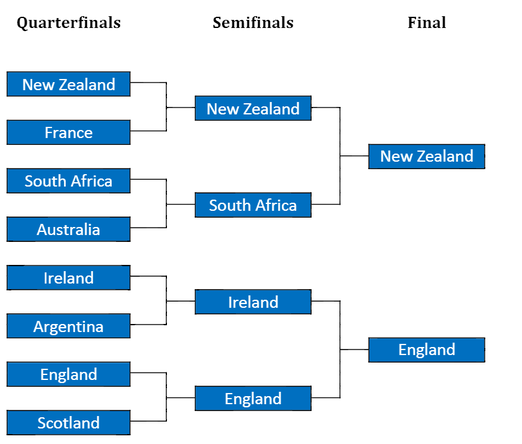
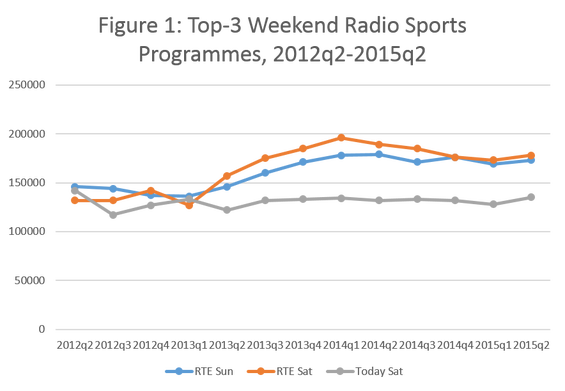
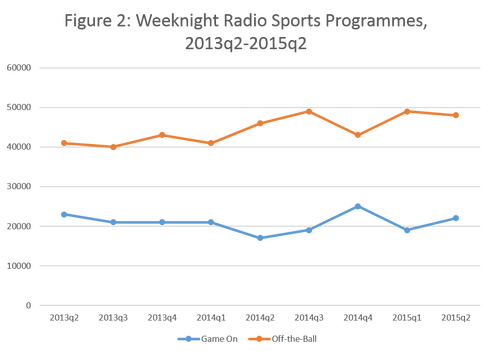
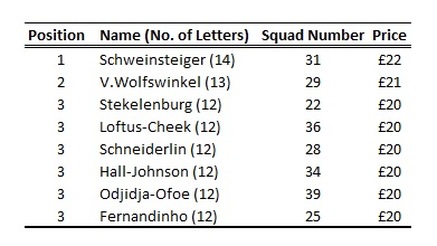
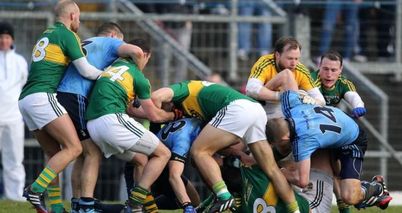
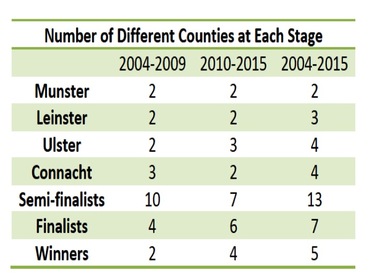
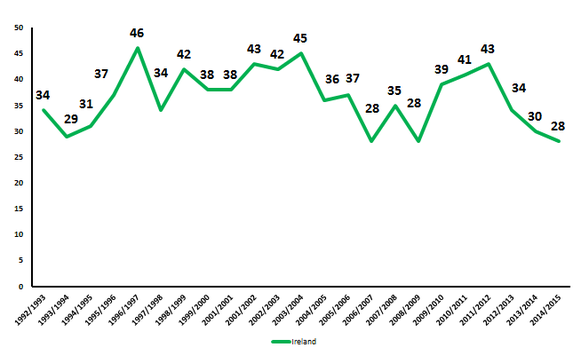
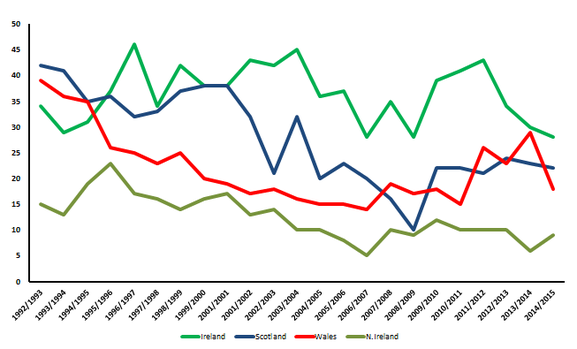
 RSS Feed
RSS Feed